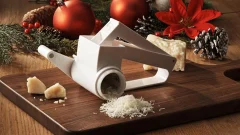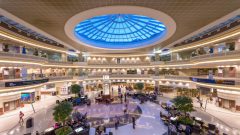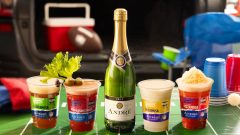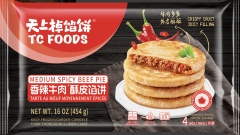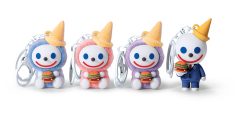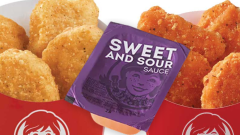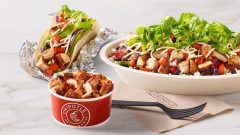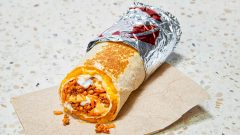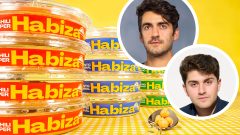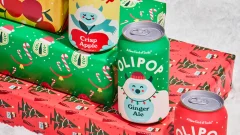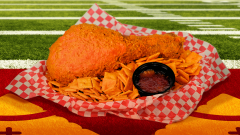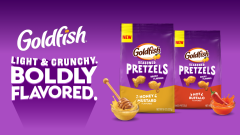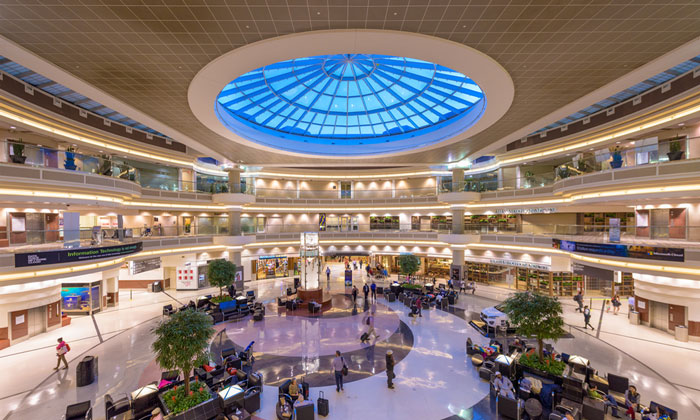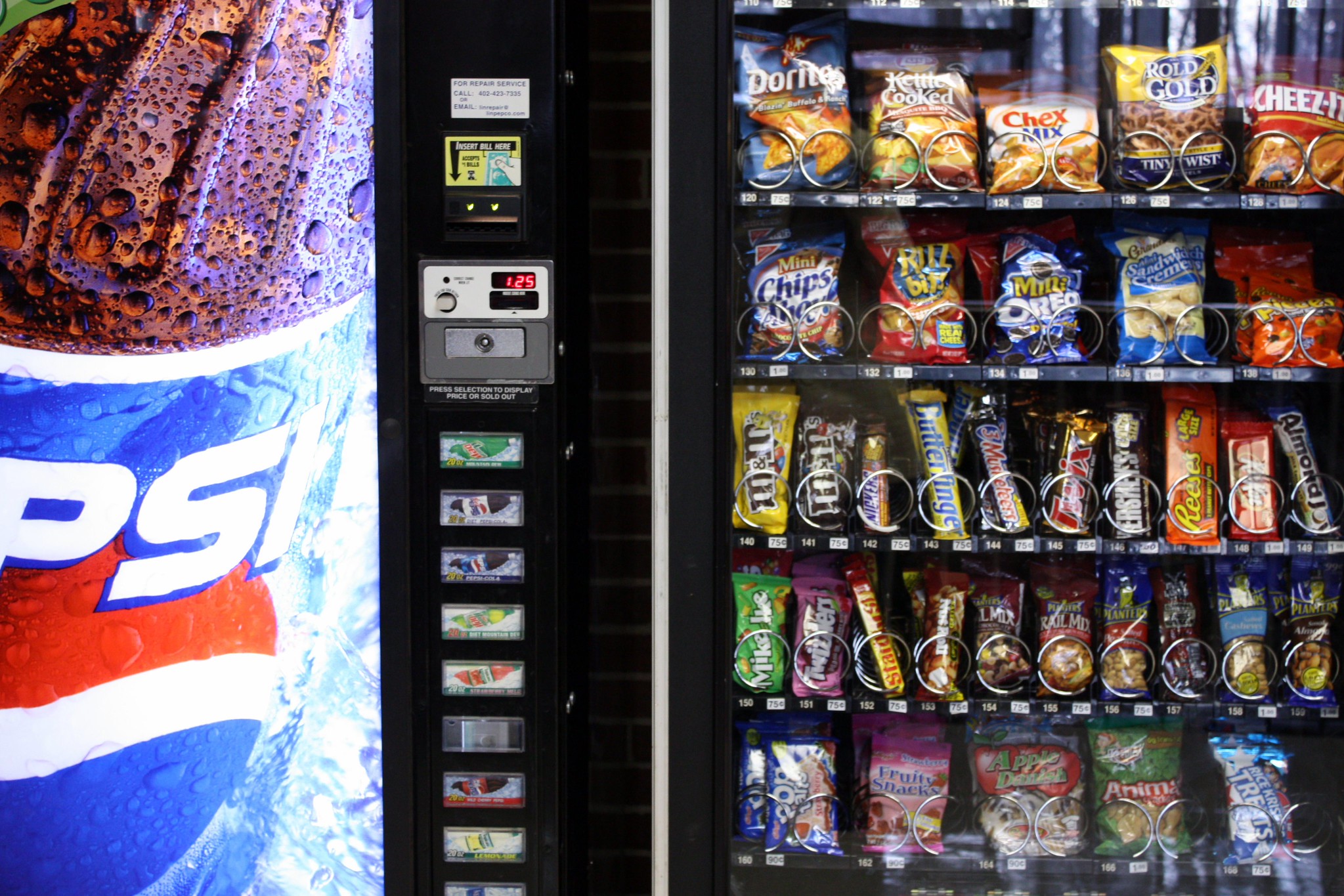‘Salish Blue’ Is A Regenerating Wheat Hybrid That Will Save The Planet
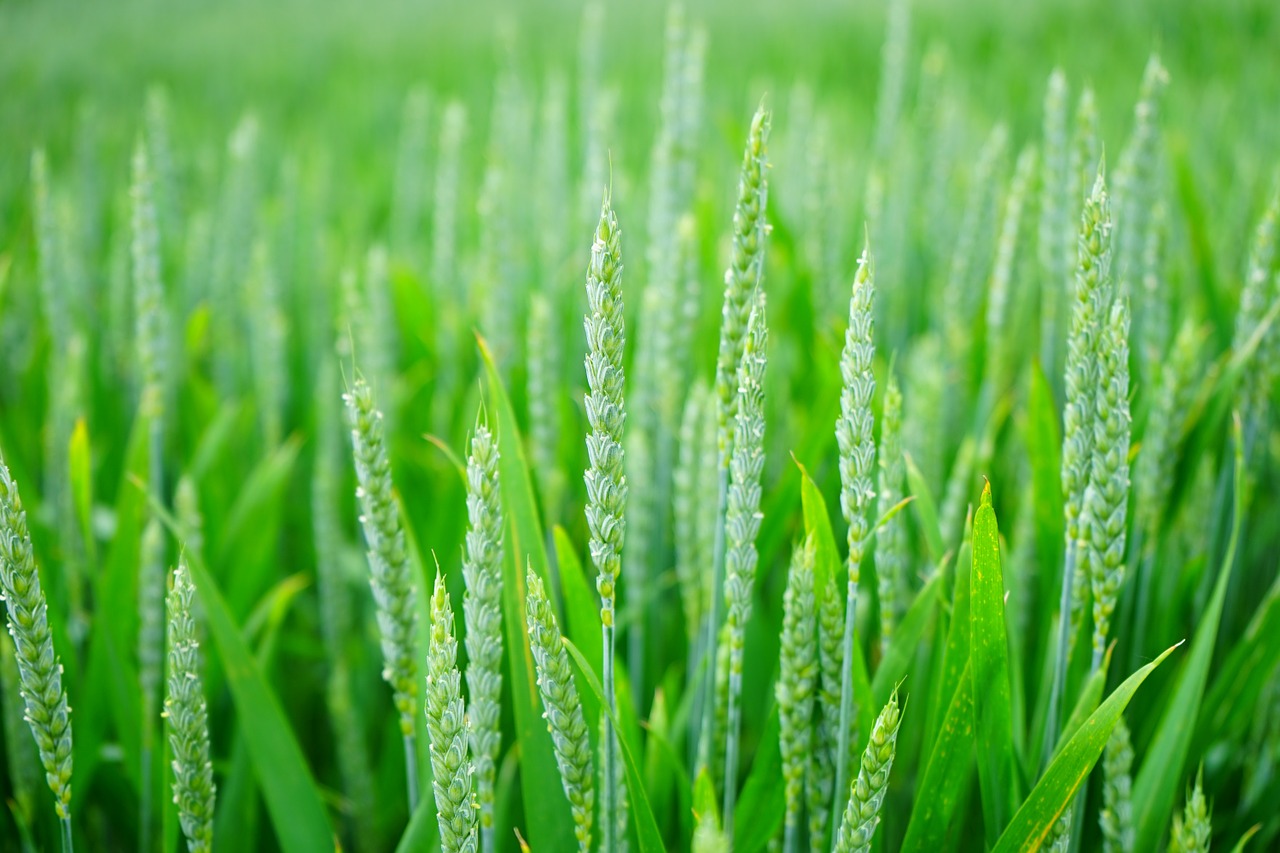
Scientists at #WSU have named a new species that could change NW farming—wheat combined with wheatgrass: Salish Blue https://t.co/N0TdGLHvNq pic.twitter.com/UmbU777RZO
— WSU CAHNRS (@wsucahnrs) January 12, 2017
Growing wheat can be a pretty environmentally harmful process. Since the wheat plants die every single year, farmers have to re-till and replant seeds every year – a process that damages the soil and allows for sediments and pesticides (among other agricultural chemicals) to contaminate nearby waters.
In an effort to develop a type of wheat that won’t die on a yearly basis, scientists at Washington State University have developed a hybrid wheat that can grow back year after year.
This hybrid is called Salish Blue, and is a type of “perennial grain” that can hold soil to better utilize moisture and nutrients. It’s designed to be a new food and feed crop, utilized for everything from bread to cattle feed.
Salish Blue is a natural cross between wheat and wheatgrass, meaning that it is non-GMO, and would make for a clean-label, ecologically friendly grain product. The seeds have a bluish tint to them (hence the nickname “Salish Blue”), giving food products made with their flour a bluish tint, according to NPR.
While the grain is not ready for human consumption just yet, it’s going to definitely be useful for Northwestern dairy farmers, and change traditional farming practices of grains as well. No longer will seeds have to be planted and soil eroded every single year.
Salish Blue is going to do good for the planet because it will keep soil strong for much longer. Considering we may exhaust our supply of soil, water, and natural resources by 2050, Salish Blue looks to help out in a MASSIVE, revolutionary way.

